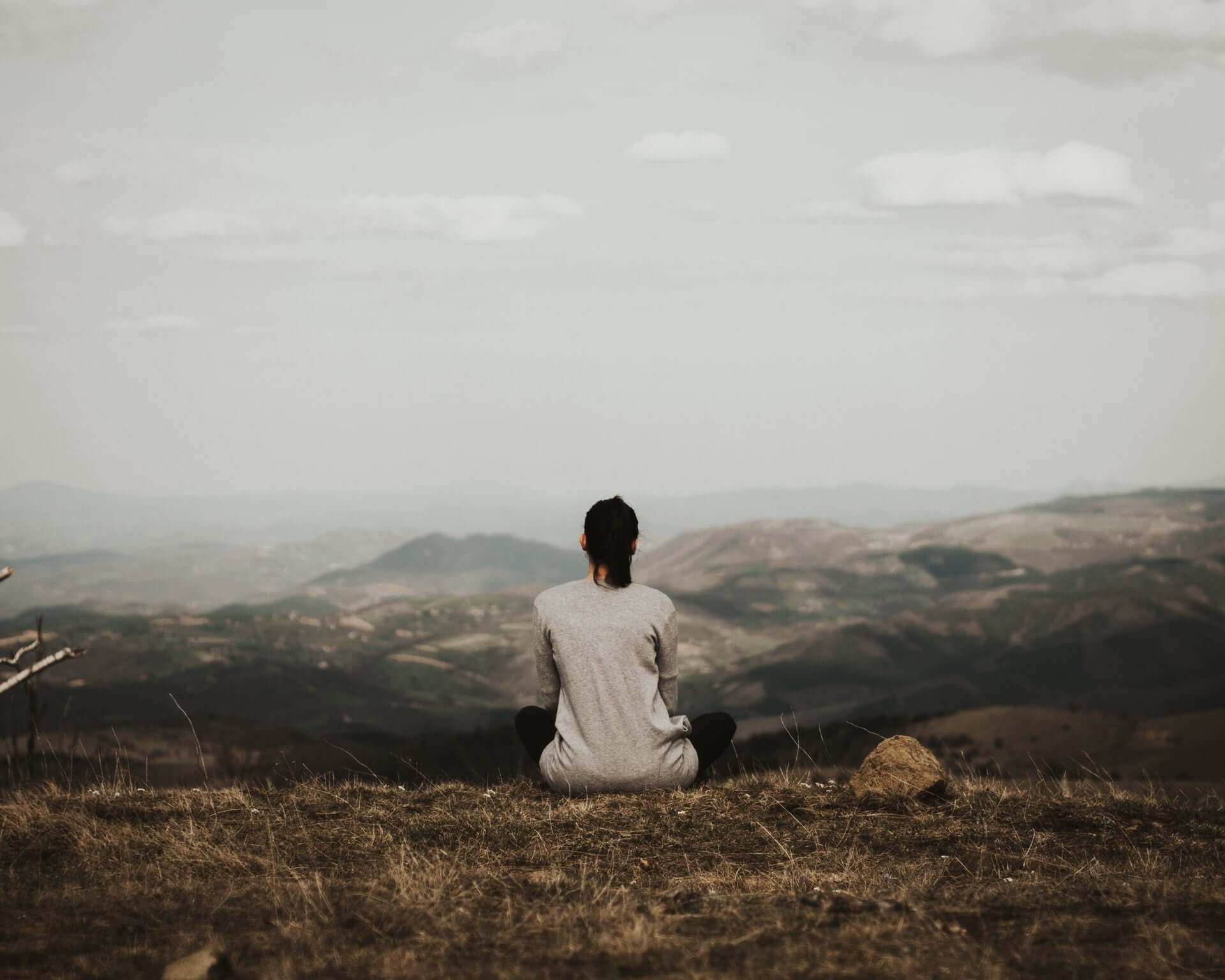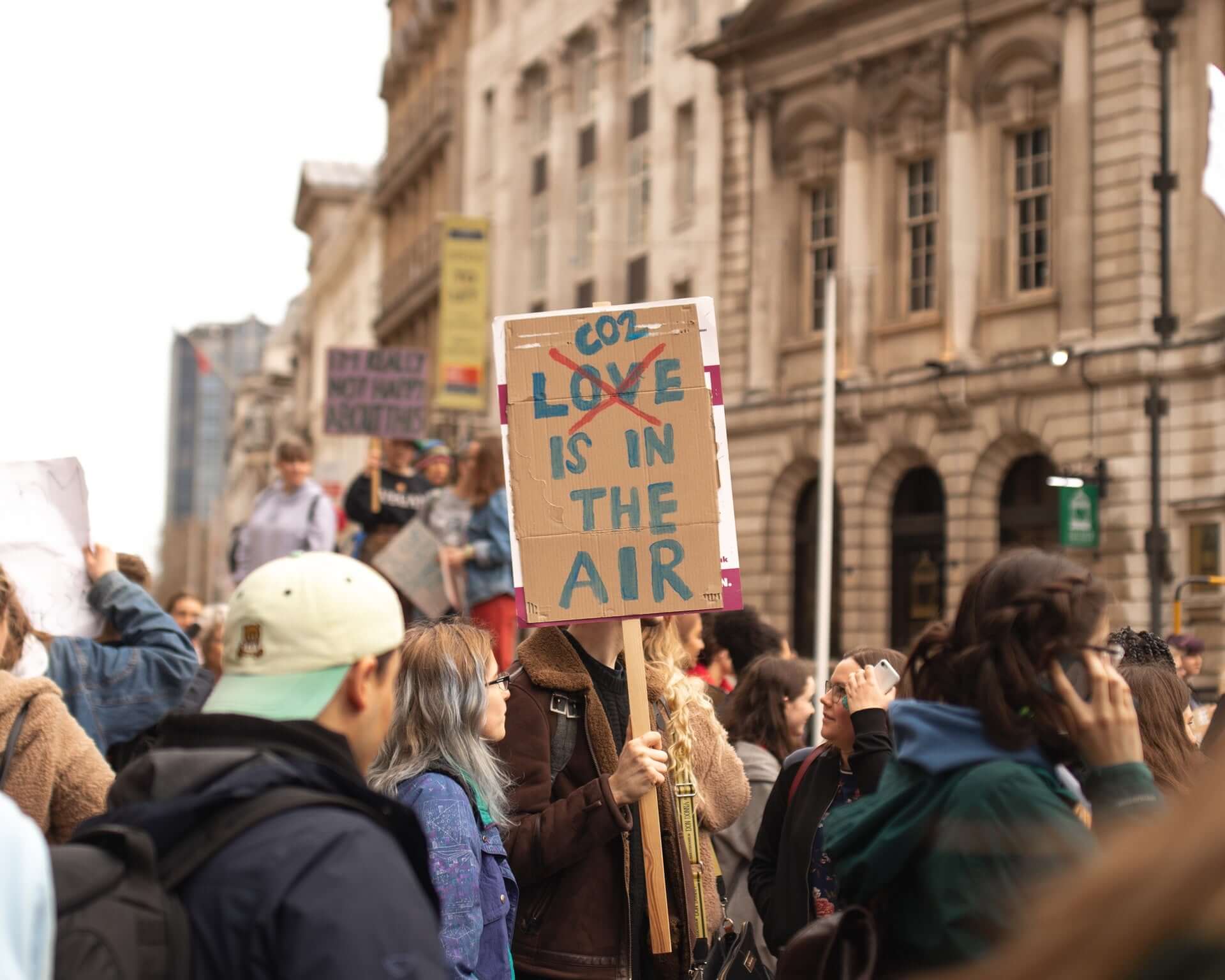
Inhaltsverzeichnis
The dangers of loneliness
loneliness makes us sad. That's nothing new. What many people don't realize, however, is that chronic loneliness can also have physical consequences. When we feel alone, it also influences how we perceive our surroundings. Today we'll be discussing these and other dangers of loneliness.
How common is loneliness?
Wanting to be alone from time to time, or feeling lonely after a breakup, rejection, or argument is normal. We all know that. But it becomes problematic when this feeling of loneliness persists and becomes chronic. For example, 46% of the entire US population feel lonely on a regular basis. In the UK, 60% of 18- to 34-year-olds say they often feel lonely. In Germany, the numbers are lower; here, it affects “only” 10 to 15% of the population. After all, eight percent of Germans live socially isolated. Unfortunately, feelings of loneliness often increase with age. And even though we are more connected today than ever before, chronic loneliness has increased significantly overall in recent decades.
Socially isolated vs. lonely
You can be lonely even if you are not alone.
Social isolation and loneliness don't necessarily mean the same thing. People who spend a lot of time alone at home and have little contact with others are considered socially isolated. On the other hand, one is considered lonely if one maintains relationships but these do not meet one's own needs for belonging and security. Loneliness, therefore, also relates to personal feelings. It is closely linked to our social needs and, in the past, served as a warning signal for humans to avoid being ostracized from one's own group. Here you can read more about it.
Nevertheless, there is, of course, some overlap between the two terms. In some studies, they are used synonymously, which makes a clear interpretation of the results difficult. Loneliness as a "feeling" is usually assessed using questionnaires. The number of social interactions is more objectively measurable.

Photo by Timon Studler on Unsplash
Why is loneliness a problem?
An obvious problem with loneliness is the feeling of pain and sadness that comes with it.
Physical consequences of loneliness
What many people don't realize, however, is that loneliness also affects our bodies. Chronic loneliness triggers stress. When we lose the "protection" of a social group, the stress hormone cortisol is released, among other things – our body is on alert. And this stress can also become chronic, and our immune system is then permanently weakened.
When we're lonely, our blood sugar levels and blood pressure are elevated. We get sick faster, age faster, and have an increased risk of cancer. Diseases like Alzheimer's progress more quickly due to stress. Overall, chronic loneliness increases the likelihood of heart attacks, strokes, cancer, and dementia. The risk of mental illnesses like depression or anxiety disorders is also increased.
Conversely, some studies have shown that effective social interactions can prevent these and other diseases. Social interactions protect the heart and the immune system.
General mortality also increases among lonely people: loneliness is about twice as deadly as obesity and as deadly as smoking a pack of cigarettes a day or alcohol addiction.
And as if that wasn't enough...
One of the greatest dangers of loneliness is its self-reinforcing effect. Loneliness feels like a threat and leads to immediate defensive behavior. This reaction is similar to that experienced when someone is physically hurt. The brain goes into survival mode and begins scanning the environment everywhere for potential threats. Everything suddenly seems hostile and dangerous.
This heightened alertness of our brain also makes us more receptive to social cues. Sounds like a good thing, right? The problem is that while we perceive social cues more quickly, we interpret them more poorly. Neutral facial expressions are suddenly classified as malicious; a friend turning away to the other side of the table is interpreted as rejection, even though they were simply adjusting their seating position. It's like a negative filter that overwhelms your social interactions, constantly making you assume the worst about other people's intentions.
The vicious circle
Lonely people perceive their environment as hostile and threatening. To protect themselves, they become more self-centered. Other people perceive them as colder, shyer, or unfriendly. This, in turn, reinforces the impression of danger emanating from social interactions. To avoid this, they increasingly avoid social interactions.
However, limited social interactions often exacerbate feelings of loneliness – and the perception of danger and hostility grows. A true vicious circle. This negative spiral becomes increasingly worse and more difficult to break...
Chronic loneliness poses many risks, not just psychological ones. Loneliness doesn't only affect older people; younger people also feel lonely or become socially isolated. The fact that loneliness has become significantly more common in recent decades is not a pleasant observation. Nevertheless, there are ways to cope with loneliness and/or social isolation and break the vicious cycle of loneliness.
This article on our blog focuses more specifically on help and tips for dealing with loneliness.
+++ If you feel acutely lonely, are thinking about suicide or would like to talk to someone, you can use the services of the Telephone counseling You can reach them free of charge around the clock at 0800 111 0 111 and 0800 111 0 222. You can, of course, remain anonymous. Via this link you will find further offers of help. +++
If you would like to learn more about mindfulness, healthy eating or sustainability, take a look here over.

Photo by Zohre Nemati on Unsplash



























Leave a comment
This site is protected by hCaptcha and the hCaptcha Privacy Policy and Terms of Service apply.